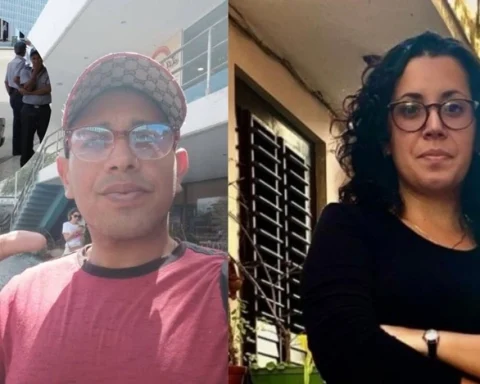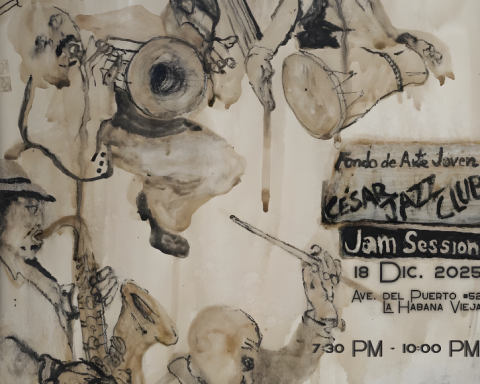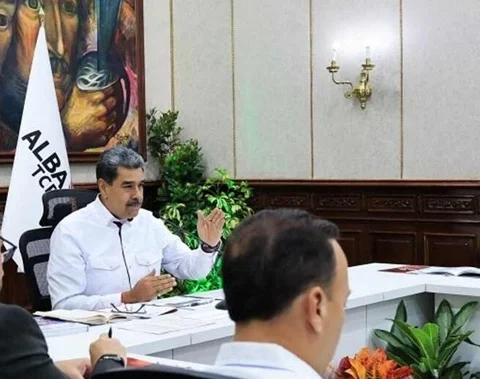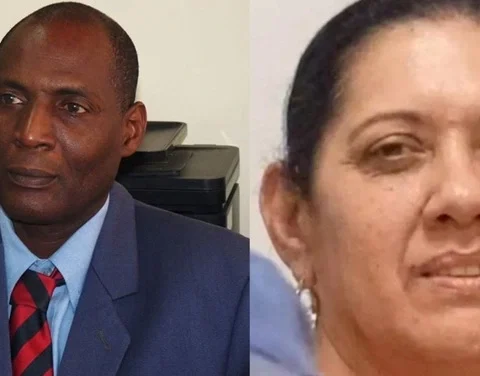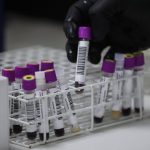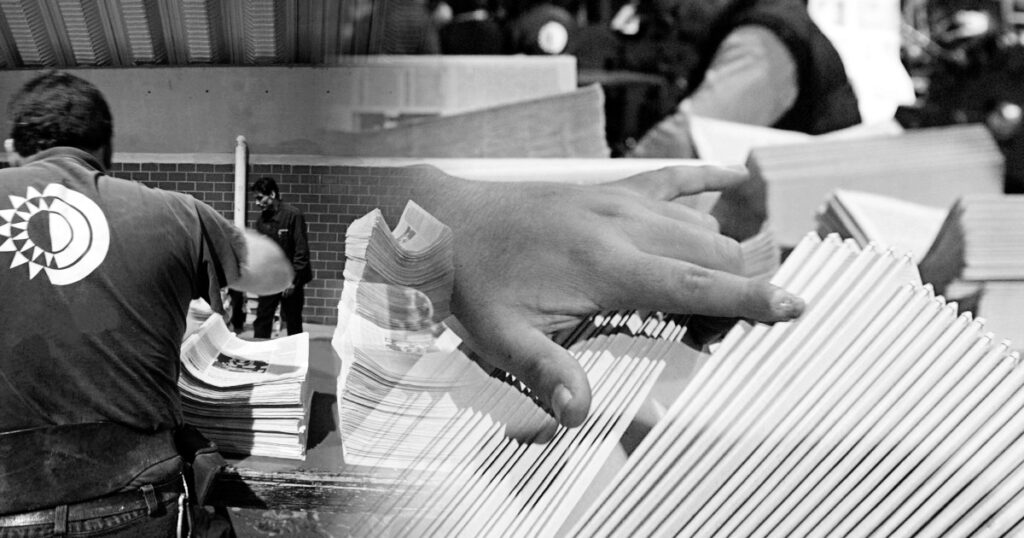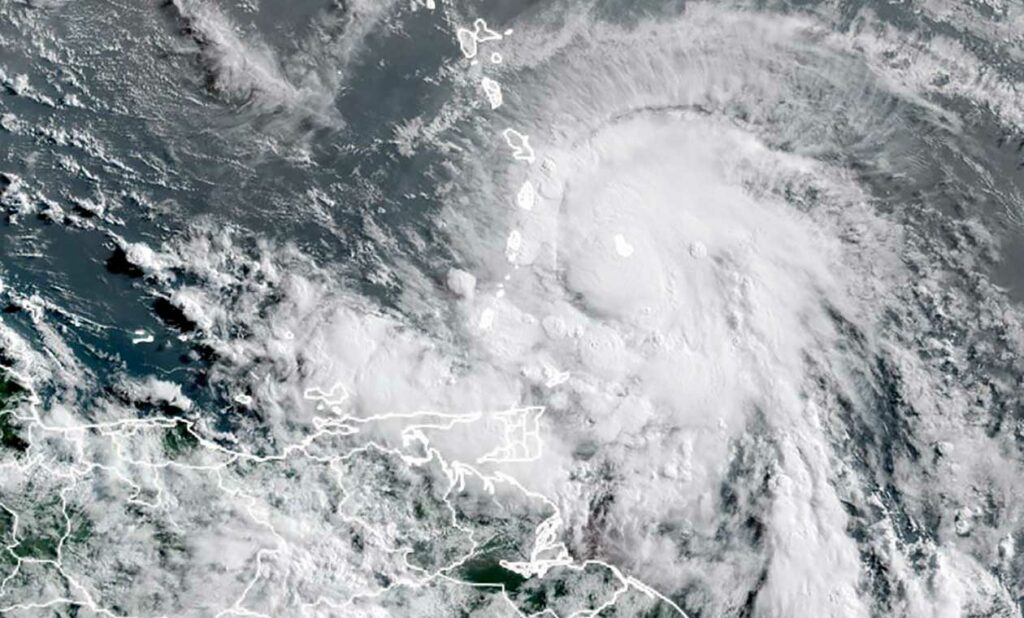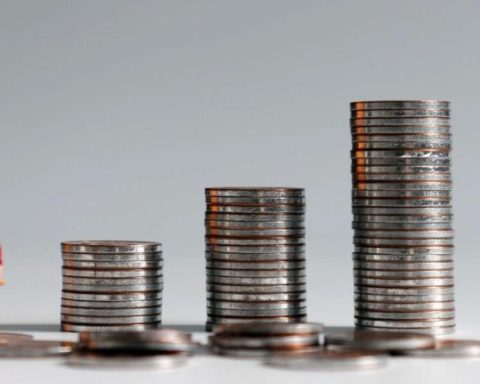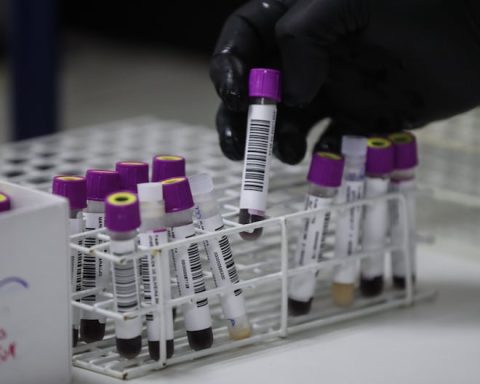MADRID, Spain.- Between the months of June and November, due to the climate system, the Caribbean region is prone to the formation of hurricanes, which is why Cuba has been frequently affected by these natural phenomena.
The most common mechanism of hurricane formation in the Atlantic is from a tropical wave, which begins as an atmospheric disturbance that creates an area of relative low pressure. If it finds the necessary weather conditions, it can evolve into a hurricane.
During the last 50 years, almost 30 hurricanes have passed through the Island. Among those that have caused the greatest damage to the country are Georges, Charley, Ivan, Wilma, Gustav, Ike, Paloma, Irma and, the most recent, Ian.
Georges, affected the East of Cuba
Hurricane George, category 4 on the Saffir-Simpson scale, passed through the Island in September 1998 and reached 250 km/h winds.
The torrential rains and floods mainly affected the provinces of Guantánamo, Holguín, Las Tunas, Granma and Santiago de Cuba.
More than half a million people were evacuated and considerable damage was reported to homes and infrastructure, as well as to agriculture, mainly banana crops.
Charley causes the death of four people
During his passage through the island, which lasted only two hours, Charley caused the death of four people, five wounded, more than 200,000 victims and more than 40,000 homes destroyed or damaged in the West of the country.
Charley hit Cuba in August 2004 as a Category 3 hurricane.
Ivan reached unprecedented intensity
Also in 2004, Hurricane Ivan affected the western end of Pinar del Río.
It was the ninth tropical storm and the fifth hurricane of the 2004 season. It reached unprecedented intensity in low latitudes, with maximum winds of 275 km/h, which classifies it as a Category 5 hurricane.
In addition to Pinar del Río, it affected Granada, Barbados, Tobago, Saint Vincent and the Grenadines, Venezuela, Jamaica, Grand Cayman and the United States.
Wilma, the strongest hurricane on record in the Atlantic
The following year Wilma caused entire neighborhoods and coastal towns in western Cuba, including Havana, to be covered by floods. The penetrations of the sea caused great damage. As on previous occasions, there were major damages to the electricity supply.
Wilma was the third Category 5 hurricane of the season, and up to that point it was the most intense on record in the Atlantic.
More than 20,000 people were evacuated in Havana and some 200,000 in the risk areas. The floods were more serious in areas near the Havana Malecón and the streets near the sea in neighborhoods such as Vedado and Miramar, where the water reached almost a meter in height.
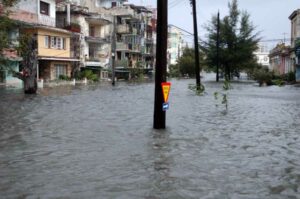
Gustav, second most destructive hurricane of 2008
Category 5 Hurricane Gustav, with 340 km/h winds, was the second most destructive hurricane of the 2008 Atlantic hurricane season.
The greatest damage to Cuba was in Isla de la Juventud and Pinar del Río, where it caused great flooding and damage to more than 500,000 homes.
Gustav also affected the Dominican Republic, Haiti and Jamaica where more than 86 deaths were recorded.
Dove whips Camagüey
In 2008, the category 4 Hurricane Paloma also affected Cuba, with Camagüey being the most affected province. No human losses were reported. In Santa Cruz del Sur several houses were damaged. It also hit Jamaica and the Cayman Islands.
Irma affects the entire island
Category 5 Hurricane Irma with 295 km/h winds caused damage in 13 Cuban provinces. This phenomenon, corresponding to 2017, caused the death of ten people, damaged around 158,000 homes and caused 14,000 landslides.
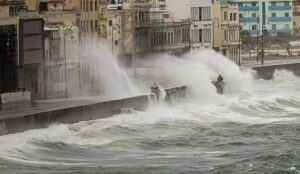
Ian, general blackout on the Island and popular demonstrations
The powerful hurricane Ian devastated the province of Pinar del Río and affected Artemisa, Mayabeque, Havana and the special municipality of Isla de la Juventud, on September 26.
During its passage through western Cuba, it caused the loss of thousands of homes, electrical and telephone networks, roads, and 8,000 hectares of crops, among others.
In addition, due to the effects on the already weakened National Electric System, the entire Island was left in the dark. This general blackout lasted in a large part of the Island for days, which sparked popular demonstrations in various parts of the country.
Receive information from CubaNet on your cell phone through WhatsApp. Send us a message with the word “CUBA” on the phone +525545038831, You can also subscribe to our electronic newsletter by giving click here.

